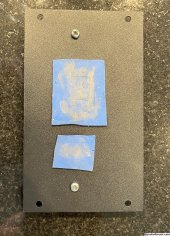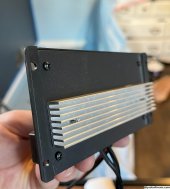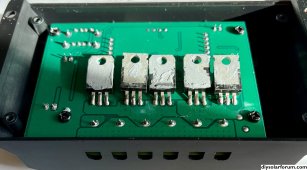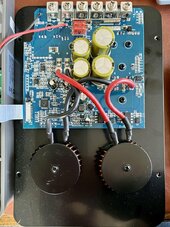matttelz
New Member
Hey all,
I'm planning on getting an off grid inverter 1200w to power my small office. I work remote so I'd like to power my office entirely off grid. Can I connect my inverter with the wonderfully safe male to male 120v cable to an outlet in my office with the breaker at the box switched off?
I understand that I can't connect an off grid inverter to the grid. I'm hoping I can just plug it into an outlet and power all the outlets on the circuit. The big thing is having it off at the breaker so it doesn't connect to the grid.
I did some research and the concern is if the neutral is tied into the ground. So I need to check for that?
Option 1: ShockFlo 1000 watt Pure Sine Wave Power Inverter, 1000W Off-Grid Solar Power Inverter 12V DC to 110V AC Built-in USB Ports Remote Controller and LCD Display, Converter for RV Home Truck https://a.co/d/fajtqlW
Option 2: Power Inverter Pure Sine Wave 1200 Watt 12V DC to 120V with Remote Control Dual AC Outlets and USB Port for RV Car Solar System Emergency https://a.co/d/4P5wFjO
Planning on getting 100-200ah battery to power this with eventual solar to power it entirely off grid hopefully.
I have a small little 24ah system with 300w inverter and it powers my work station just fine but only for about 4 hours...
I'm planning on getting an off grid inverter 1200w to power my small office. I work remote so I'd like to power my office entirely off grid. Can I connect my inverter with the wonderfully safe male to male 120v cable to an outlet in my office with the breaker at the box switched off?
I understand that I can't connect an off grid inverter to the grid. I'm hoping I can just plug it into an outlet and power all the outlets on the circuit. The big thing is having it off at the breaker so it doesn't connect to the grid.
I did some research and the concern is if the neutral is tied into the ground. So I need to check for that?
Option 1: ShockFlo 1000 watt Pure Sine Wave Power Inverter, 1000W Off-Grid Solar Power Inverter 12V DC to 110V AC Built-in USB Ports Remote Controller and LCD Display, Converter for RV Home Truck https://a.co/d/fajtqlW
Option 2: Power Inverter Pure Sine Wave 1200 Watt 12V DC to 120V with Remote Control Dual AC Outlets and USB Port for RV Car Solar System Emergency https://a.co/d/4P5wFjO
Planning on getting 100-200ah battery to power this with eventual solar to power it entirely off grid hopefully.
I have a small little 24ah system with 300w inverter and it powers my work station just fine but only for about 4 hours...













